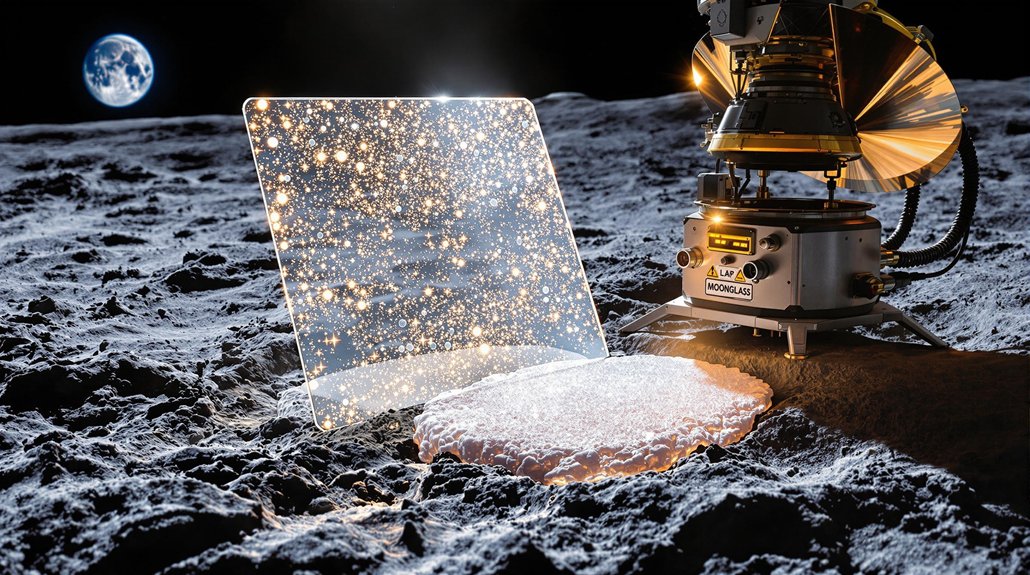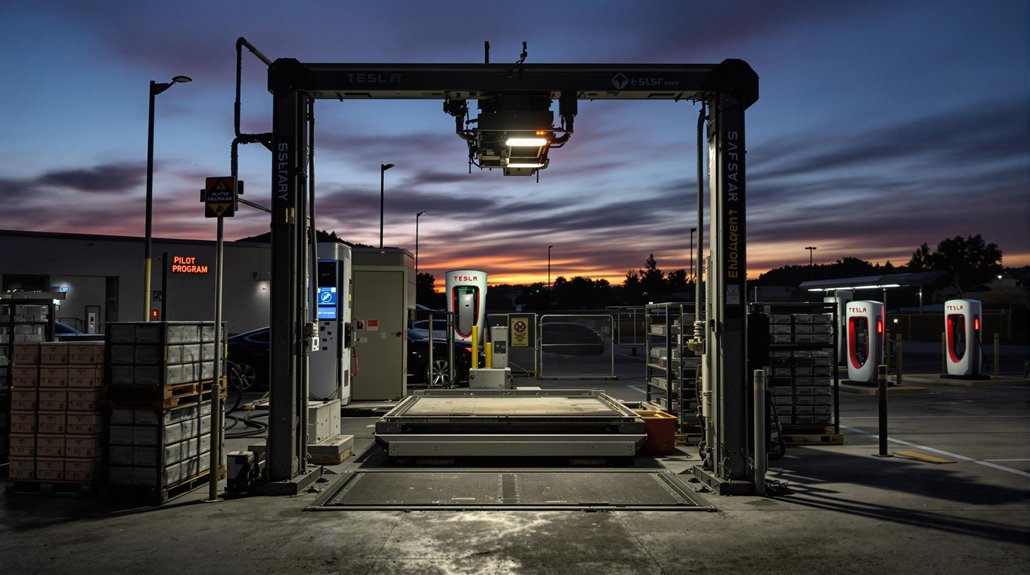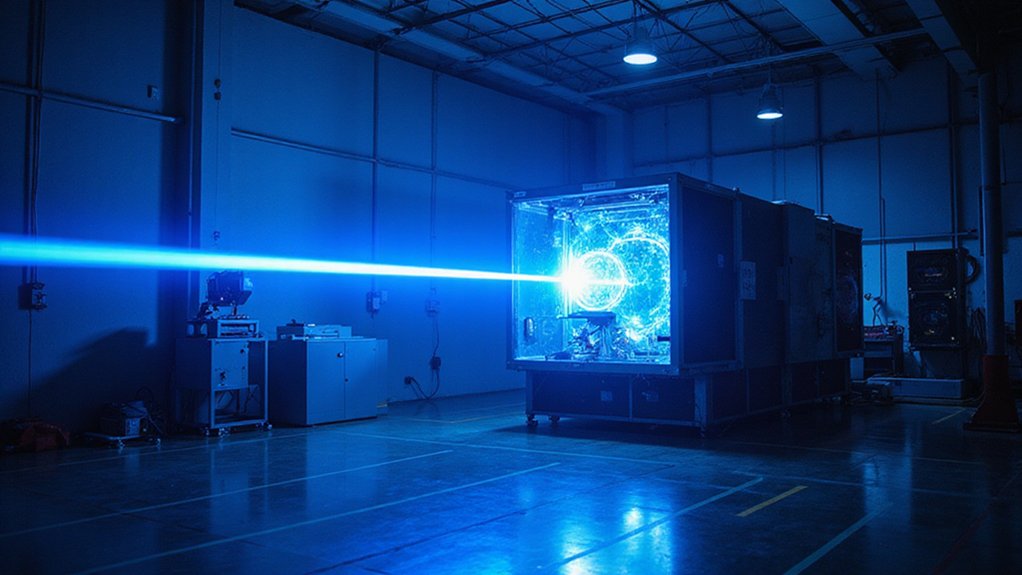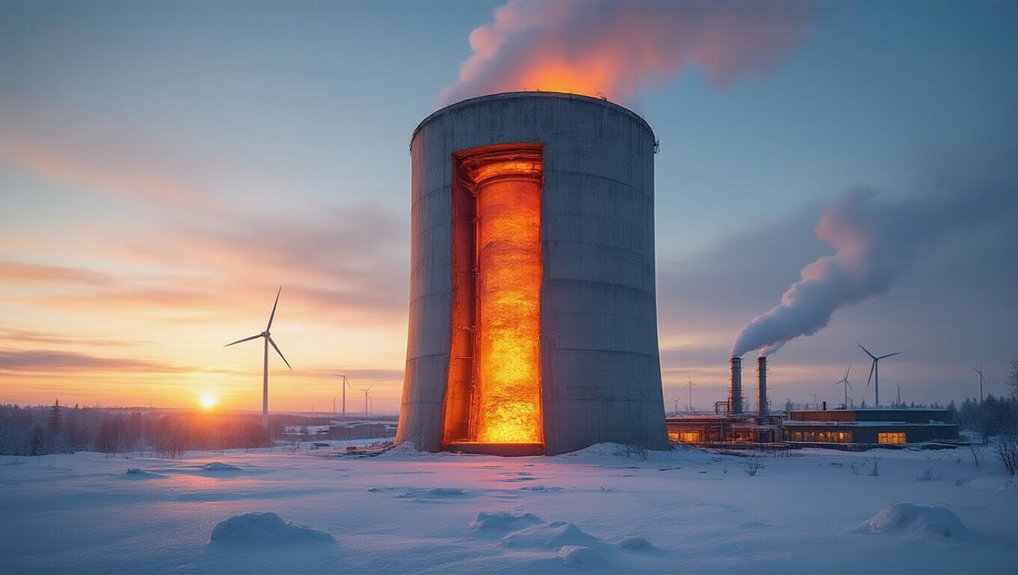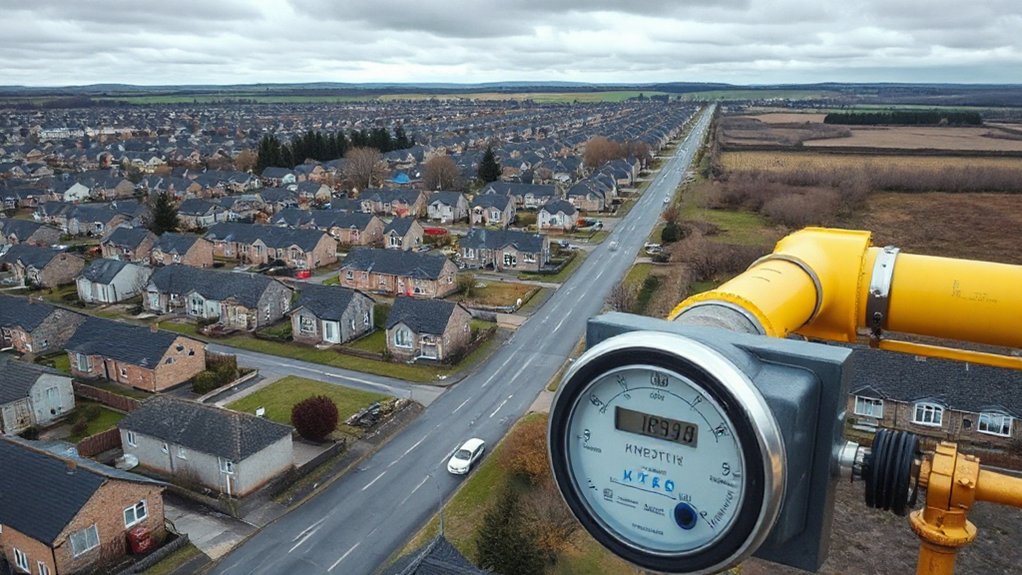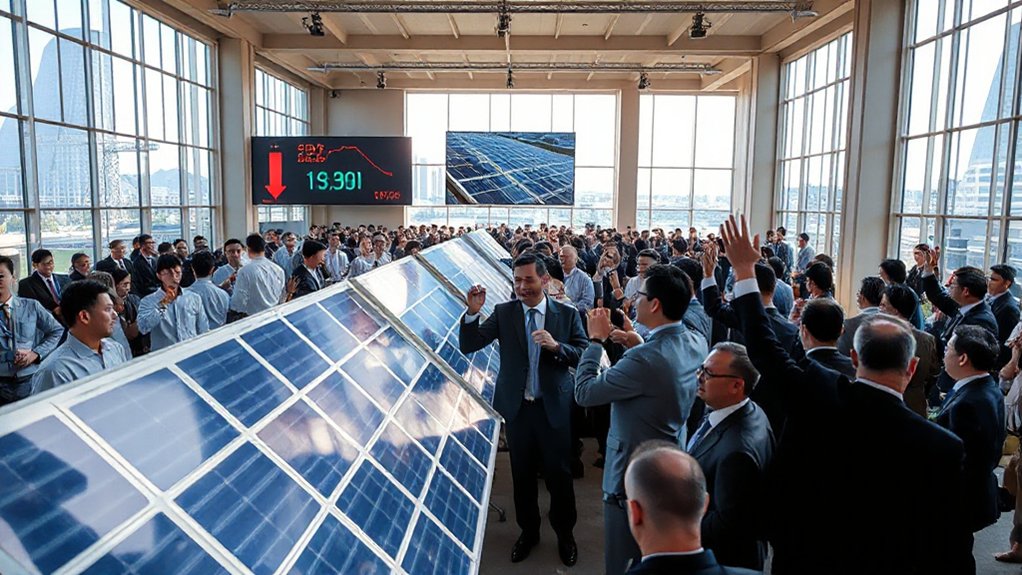Scientists have discovered a game-changing technology using lunar dust. The process transforms moon regolith into “moonglass” for solar panels at a fraction of current costs. By manufacturing directly on the lunar surface, engineers avoid expensive Earth-to-space transport fees. This technique could reduce space solar panel expenses by up to 99%. The development might transform power generation for future moon bases and deep space missions. What other lunar resources await practical application?
Scientists have discovered that using moonglass for space solar panels could drastically cut costs for lunar missions. This transformative approach involves melting lunar regolith (Moon dust) using concentrated sunlight to create glass for solar panels directly on the Moon. The process eliminates the need to transport heavy glass panels from Earth, reducing launch payload weight by up to 99.4%.
The financial impact is significant. Costs for transporting materials to the Moon could drop by 99%, making lunar operations much more economical. This efficiency comes from using resources already present on the lunar surface rather than shipping everything from Earth. It’s like building with local materials instead of importing them from thousands of miles away. The traditional approach is particularly problematic considering launch costs exceed one million euros per kilogram sent to space.
What makes moonglass special is its natural resistance to radiation-induced darkening. The inherent impurities in lunar regolith actually help the glass perform better in space over time. Earth-made solar cells tend to degrade faster when exposed to space radiation. Moonglass panels maintain their stability longer, making them more reliable for space missions. This technology complements Earth’s growing renewable energy portfolio which currently supplies 11.4% of global energy needs.
Current tests show moonglass solar panels achieve about 10% efficiency, with potential to reach 23% with clearer glass. While this might seem low compared to Earth-based panels, the energy return per gram of material is 100 times higher because of drastically reduced weight and manufacturing demands. The research findings were published in the journal Device on April 3, 2025.
The production process is remarkably simple. Solar furnaces concentrate the Moon’s abundant sunlight to melt the regolith. No chemical solvents are needed, and the lack of atmosphere allows for efficient heat generation. The manufacturing doesn’t require intensive purification or complex processing.
This approach isn’t without challenges. The Moon’s lower gravity and extreme temperature fluctuations may affect moonglass production. However, the benefits are compelling. Using local lunar materials reduces dependency on Earth resources, lowers carbon emissions from launches, and supports self-sufficient space operations.
For future lunar bases and space missions, moonglass solar panels represent a groundbreaking technology that could make space exploration more sustainable and affordable.
